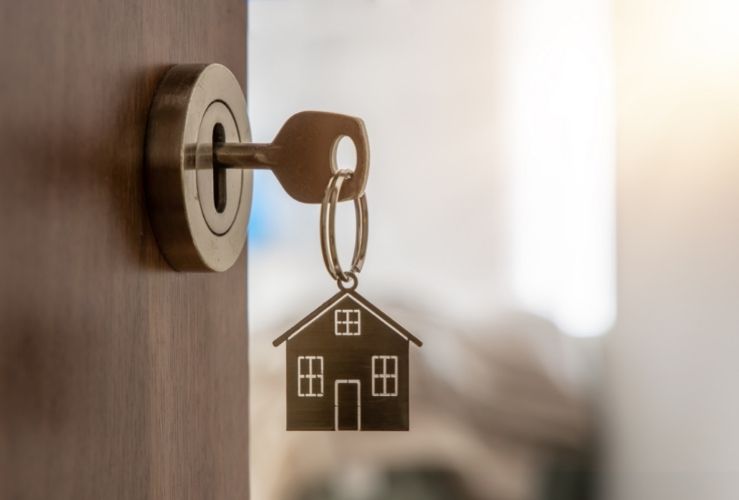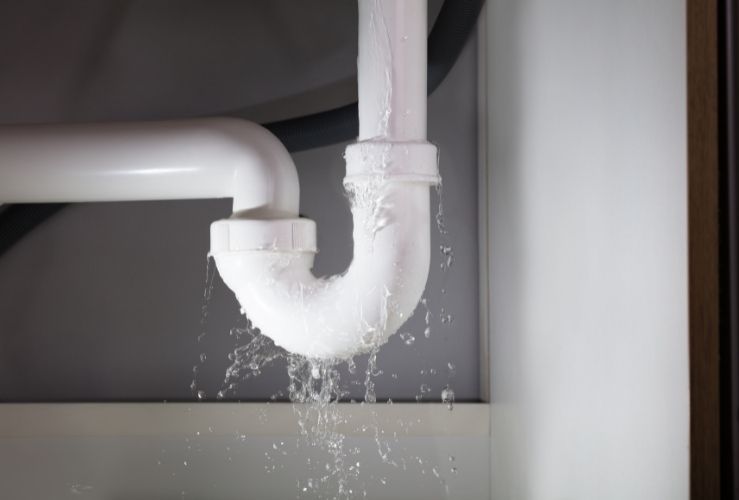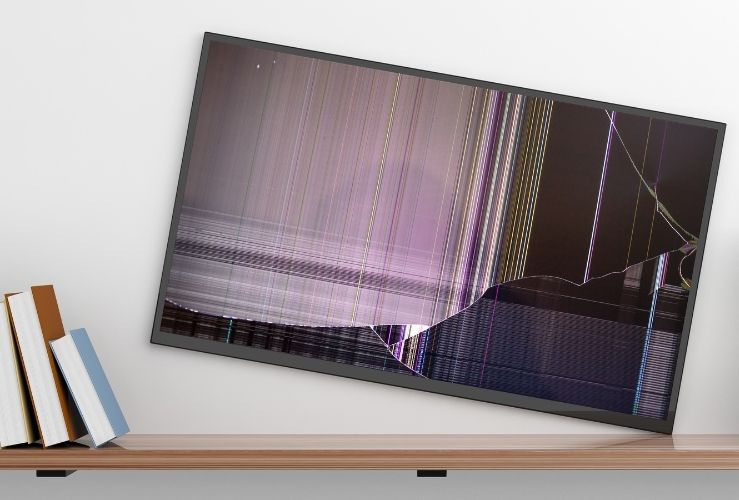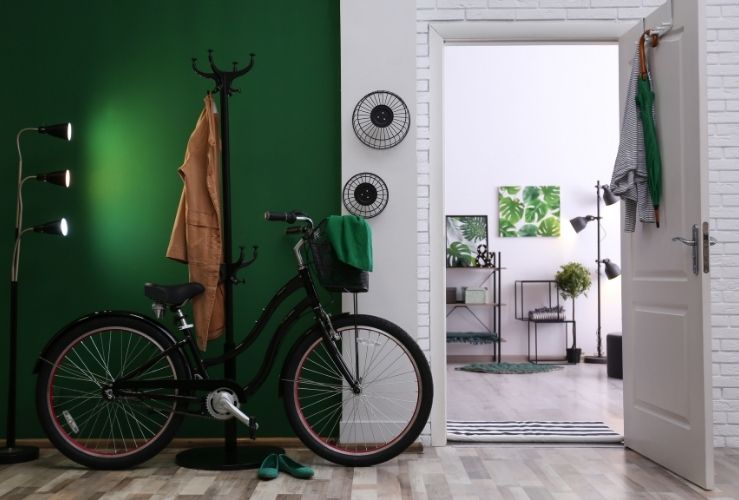Much like other insurance products, home insurance is a purchase that we tend not to want to think about – but it is a crucial decision to make.
There’s a lot of information to take in and a lot to think about, not just premium costs.
To help you make an informed decision about your home cover, we’ve answered a few of the more common queries below.
What is home insurance?
Home insurance is an umbrella term for a type of insurance that covers your property (buildings) and belongings (contents). You might even know it as house insurance.
Essentially the three kinds of home insurance include:
- Buildings insurance
- Contents insurance
- Combined buildings and contents insurance

Do you need home insurance?
Neither buildings or contents insurance is a legal requirement, however, your mortgage provider may require some level of buildings insurance to be in place before lending to you.
It’s also important to have home insurance in place if you want to protect your home and its contents within.
What’s the difference between buildings and content insurance?
Buildings insurance
Typically, buildings insurance covers the cost of rebuilding your house from the ground up, and includes the costs of repairing damage to the structure of your property.
Contents insurance
Whereas contents insurance covers the cost of replacing your belongings in your home if they are damaged, destroyed or stolen.
The contents covered will differ between policies and cover levels, so it’s important to understand which of your belongings are included under the definition of contents within your contents home insurance policy wording.

What is buildings insurance?
Essentially, buildings insurance ensures cover for the cost of repairing or rebuilding your property and replacing any permanent fixtures.
Repairing damage to the structure of your property includes damage to:
- Windows
- Roofs
- Walls
- Permanent fixtures such as baths, toilets and fitted kitchens.
Buildings insurance generally covers the cost of rebuilding the property from the ground up. The cost of this is likely to be different to the market value as it includes demolition, site clearance and architect costs.
In most cases, buildings insurance covers the cost of loss or damage caused by:
- Fire and smoke damage
- Flooding, storms and natural disasters
- Subsidence
- Vehicle or aircraft impact
- Accidental damage to windows and ceramic plumbing fixtures
- Fallen trees, branches and TV aerials
- Frost damage to internal water pipes
- Water or oil leaking from pipes or heating systems
Some policies also include cover outside of the home for external structures and driveways.
What is contents insurance?
If you fall victim of fire, theft, flood or malicious damage you might end up having to replace your belongings. This could be at great personal expense if you don’t have a suitable contents insurance policy in place.
Contents insurance provides you with this cover, as it insures your belongings against damages caused by damage listed above.
All your personal belongings that you would take with you if you moved home are generally included in contents insurance policies. This typically includes:
- Furniture, including beds, sofas, wardrobes, tables and chairs
- Kitchenware including microwaves, kettles, cookware and cutlery
- Electrical goods including games consoles, TVs, PCs and laptops
- Clothing
- Jewellery
- Ornaments and antiques
To get an accurate quote for contents insurance you’ll need to calculate the total amount of contents you need to be covered.
The Association of British Insurers (ABI) estimate that the average home has contents worth £35,000.
What does home insurance cover?
Home insurance is either buildings, contents or combined insurance and what is covered will depend on which policy you choose.
Do I need to have home insurance?
It is not a legal requirement to have home insurance in place, however, the majority of mortgage lenders request you to purchase buildings insurance in order to protect their investment.
It is worth noting that if you didn’t have home insurance in place and you fell victim to damage to your property or belongings, you wouldn’t be eligible for any compensation.
Is it worth not having a home insurance policy and placing your mortgage and your home at risk?
Do I need home insurance if I am renting?
You don’t legally need home insurance in place if you’re renting a property. It is your landlord’s responsibility to ensure the correct buildings insurance is in place, however, your landlord doesn’t need to put in place contents insurance.
If you want to cover your belongings you will want to look into contents insurance as your own personal possessions are your responsibility.
Could you afford to risk paying out to replace your belongings if they were damaged?
What type of home insurance do I need?
There’s a lot to think about when buying a new home or moving house and home insurance should be somewhere at the top of your thoughts.
Choosing the right home insurance for you is a crucial decision and taking the time to understand which type of cover you need is time well spent.
Essentially, home insurance is made up of buildings and contents insurance, with the option to purchase combined insurance.
Which type of home insurance you will need depends on your circumstances.
If you are moving into a property that you have purchased with a mortgage, your lender will usually insist that you have buildings insurance in place.
Even if you don’t have a mortgage in place it is prudent to purchase buildings insurance, in order to mitigate risks of paying out for any damage to your property.
Contents insurance is designed to cover the belongings that you would usually take with you when moving home. It is not a legal requirement to have contents insurance, but it is wise to have cover in place in case you experience loss or damage to your possessions. If your home were to suffer a flood or fire, it is possible you could lose all of your belongings – and it could be very expensive without contents insurance in place.
Combined buildings and contents insurance is a policy that includes all the benefits of both buildings and contents insurance.

How can I save on home insurance?
The costs involved in buying a house and the ongoing costs can certainly mount up, so it makes sense that you’d like to save the pennies where you can.
There are a few things that you can do to lower your home insurance premium on your new or existing policy.
- You don’t have to go with your mortgage provider
Most mortgage providers offer their own or a partner’s home insurance, which a lot of people choose for convenience.
If you shop around, compare home insurance and do your research, there are cheaper options available.
- Research your cover options
A combined home insurance policy with the same insurer can often be the easiest and cheapest option. But it can pay to see if a separate buildings insurance and contents insurance policy would save you money. You would have to manage two policy renewals, however.
- Be accurate
When totalling the value of your belongings for a contents insurance quote, make sure to be accurate.
Use an online calculator specific to calculating the value of your contents.
You can also do this with buildings insurance, as you need to make sure the cost of rebuilding your property is accurate. Remember though, the cost of rebuilding your home is likely to differ from its market price.
- Be sure to not over insure
Do you need all of that external structures insurance? Be careful with the policy extras and only add on the ones you really need.
- Increase your excess
You can increase the voluntary excess you have to pay on a claim, which will usually result in lower premiums. However, you need to make sure that you would be able to afford the increased excess if you do have to make a claim.
- Choose to pay annually
If you choose to pay monthly you will likely pay additional costs on top of your premium for the privilege. If you can afford to, it makes financial sense to pay for your home insurance annually.
- Build up your no-claims discount
Not making any claims on your policy can have a positive effect on your premium. You are often rewarded with a no-claims discount which builds up over time if you manage not to claim on it.
What do I need to get a quote?
To be able to get a quote, you’ll need a few things at hand:
- Property details – when it was built, what type of roof it has, types of lock on the front door, etc.
- The rebuild value of your property – you could use an online calculator or a surveyors estimate.
- The total value of your contents – again, you can use an online contents value calculator to come up with an informed decision.
- Your current home insurance details – number of no-claims bonus years you’re eligible for and previous claims made.
- The number of occupants and when they’re usually at the property.
What is accidental damage and what does it cover?
Accidental damage cover is usually offered as an add-on to a home insurance policy, in order to offer additional protection. You can opt in to have accidental damage cover for a building, your contents or both.
If you own your own home, you’ll most likely want to have cover for the building and contents. But if you are renting, then you should only need accidental damage cover for your belongings, whereas a landlord would want to cover the building with an accidental damage policy.
Some insurers may have clauses written into their standard contracts to exclude accidental damage to your property caused by:
- Mechanical, electrical faults or breakdowns
- Light or atmospheric conditions
- Frost
- Chemicals
- Wear and tear
- Pets; or
- when your home is unoccupied
With optional accidental damage cover in place, your property could be financially protected for the following:
- Damage to drains, pipes, cables and tanks connected to your home
- Damage to toilets, sinks and baths
- Broken glass windows and other fixed external glass
- Cracked wall tiles
- Damage to fitted kitchen units and built-in appliances
- Flood, fire, storm and other water damage
- Damage to the building caused by a car, a tree, etc.

Accidental damage insurance for contents is designed to provide protection for the belongings you keep in your home.
Insurers often include the following to their policies:
- TVs
- Mobile phone damage when at home
- Furniture, sofas and mattresses
- Carpet stains
- Laptops damaged at home
Home insurance policies will tend to have clauses stipulated in the policy wording which state exclusions to the optional accidental damage cover insurance. This may include such things as:
- Money
- Clothes
- Bicycles
- Certificates and documents
- Food and drink
- Sports equipment damage when in use
- Frost damage
- Damaged caused by computer viruses
- Damaged caused by pets
Which type of home insurance policy is right for me?
Home insurance doesn’t have to be complicated. It is essentially either one of three types of insurance: buildings insurance, contents insurance and combined buildings and contents insurance. However, if you have special circumstances or a particular type of house, you could be looking for something more specific to your needs.
How much is home insurance?
Protecting your building and all your belongings in your home might be cheaper than you think. Competition in the home insurance market is growing which is leading to lower premiums for homeowners.
Consumerintelligence.com has calculated that the average premium is £145 for the year, which is just £2.78 a week!
If the unexpected were to happen to your home or possessions, would you want to be one of the estimated 5 million homeowners at risk without an insurance policy in place?
Do you need extra home insurance cover?
When you purchase home insurance you may be asked if you’d like to include a number of optional add-ons.
These add-ons may increase the cost of your premium, so it is worth understanding if you really need them.
The most common ones are listed below.
Accidental Damage Add-On
Accidental damage cover is usually offered for additional protection your property, your contents or both.
Personal Possessions Add-On
A personal possessions add-on provides cover for your portable items, such as a mobile phone, tablet, handbag, etc. when you are away from your home and overseas.
There can be limitations to this add-on so it is best thoroughly read through the policy terms.
Legal Expenses Add-On
If you need to legally defend a claim or take action in relation to a claim then a legal expenses add-on will cover this cost.
It’s best to check to see if this add-on is included in your policy as some insurers include it as standard.

Bicycle Cover Add-On
Bicycles are an easy target for thieves, which means protecting them can be quite important.
Bicycle cover can be added on to your contents insurance policy to protect them against loss or damage in and away from your home.
Home Emergency Add-On
A home emergency could include a burst pipe, blocked drains or a broken heating system.
When these things happen time is important and you don’t want to waste any finding a tradesperson to fix it.
Home emergency cover provides assistance all day every day for an unexpected home emergency.
Is Home Emergency Cover included in home insurance?
It is best to check your home insurance policy wording as you may already have home emergency cover in place as some insurers include it as standard.
However, even if it is included as standard it may not cover everything you need it to. This is when third party cover could benefit you.
Is buildings insurance mandatory?
Buildings insurance is designed to cover the cost of rebuilding your home if it damaged or destroyed.
Although it is not a legal requirement to have buildings insurance, it is often compulsory if you are buying a house with a mortgage.
In the majority of mortgage agreements, building insurance is at least a requirement to cover the outstanding mortgage. However, if you are buying a house without a mortgage then you will not be required to have buildings insurance in place. Although, it is worth thinking about how you would cover the cost of rebuilding your home if it were to be destroyed.
If you rent a property then it is your landlord’s responsibility to ensure a buildings insurance policy is in place. You may wish to insure your belongings with contents insurance, however.
What should I include in contents insurance?
Fixtures and fittings and anything secured in place will be covered by your buildings insurance. Items such as carpets, blinds and curtains should be included when calculating contents insurance.
If you would take it with you when moving home then you should include it in your calculation when adding up the cost of your contents.
It might be best to grab a pen and paper and make your way around each room in your home and make a list of all your belongings – don’t forget the attic and any outbuildings.
Below are some of the most common items that may be included in your calculation:
- Tables
- Sideboards
- Telephone
- Rugs
- Sofas
- Armchairs
- Cabinets
- Bookcases
- Lamps
- Artwork
- Antiques
- All electronics
- Cooking equipment
- Oven
- Kettle
- Toaster
- Microwave
- Dishwasher
- Tumble dryer
- Pots and pans
- Crockery & cutlery
- Beds
- Wardrobes
- Bed linen
- Clothes & shoes
- Toiletries
- Garden furniture
- BBQs
- Tools
- Lawnmowers
- Hedge trimmers
How to calculate the cost of your belongings
If you’ve gone around your property and made a note of all the contents you want covering then the next step is to calculate their cost. You could use an online calculator for this, or it could just be as easy to work it out for yourself.
Most insurers apply a “new for old” policy to their contents insurance policy. So when calculating your contents you’ll need to use the cost of replacing the item today, rather than what you paid for it.
High-value items will probably require an official valuation from a professional and they should be revalued regularly while keeping your insurer updated.
A maximum payout limit for a single item is often imposed. So if you have any valuable items above this limit you will need to provide these details to your insurer.



